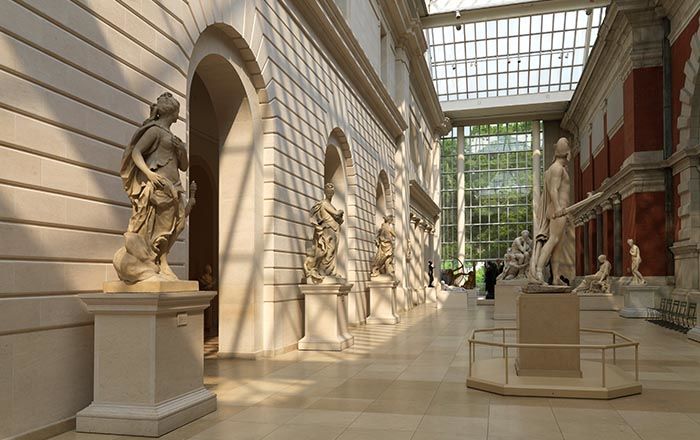Charles I
After an engraving of by Wenceslaus Hollar Bohemian
Not on view
This embroidered portrait miniature, Portrait of Charles I, is one of the most beautifully executed examples of professional embroidery from the seventeenth century. All of the elements, from the lace collar and medallion of the Order of the Garter worn by the king, to the highlights in his eyes and hair, are rendered in minute stitches of silk and metal thread. A number of similar portraits survive in public and private collections, further evidence that these were produced in a professional workshop setting. However, the Museum's example is the only one known to include the inscription "Deus meus est Rvpis mea Psa: 18," a reference to Psalm 18:2–3, which reads: "The Lord is my rock and my fortress, and my deliverer; my God, my strength in whom I trust; my buckler, and the horn of my salvation, and my high tower. I will call upon the Lord, who is worthy to be praised: so shall I be saved from mine enemies." This psalm was reputedly one of Charles' favorites.
The portrait miniature can be understood as a commemorative object associated with the cult of the "Martyr King," which developed after the beheading of Charles I in 1649. The image was based on a 1641 engraving by the Bohemian artist Wenceslas Hollar, which was in turn taken from a 1632 formal portrait of Charles I and Queen Henrietta Maria by court painter Anthony van Dyck (1599–1641). This same image appears as the frontispiece for the 1651 Reliquiae Sacrae Carolae.
This image cannot be enlarged, viewed at full screen, or downloaded.

